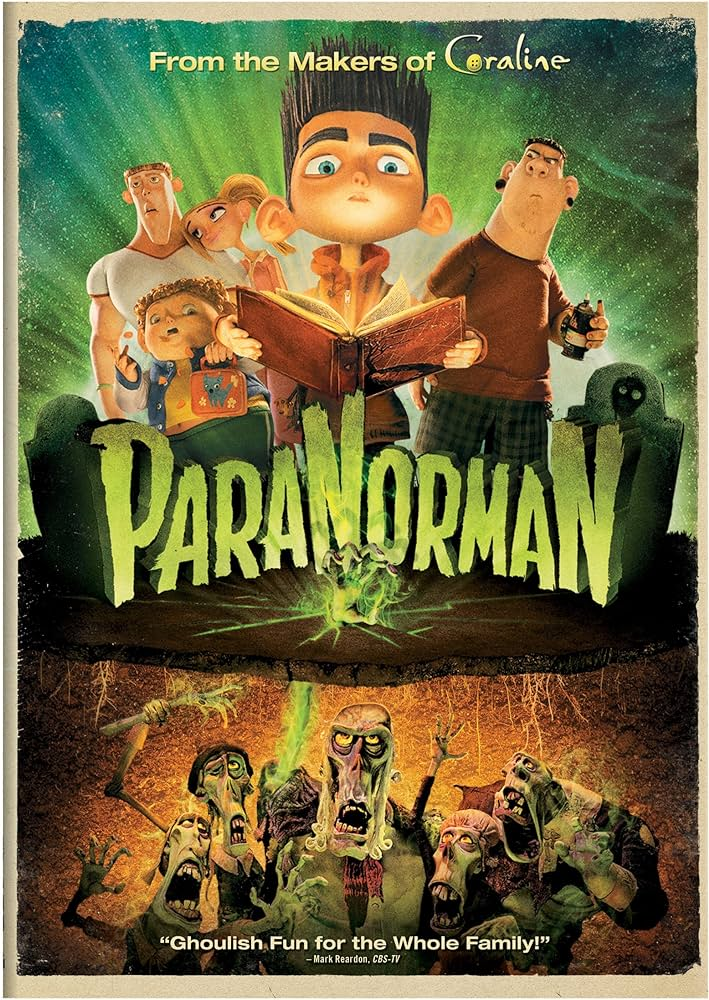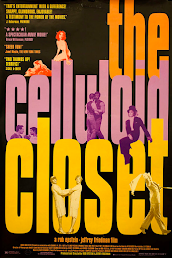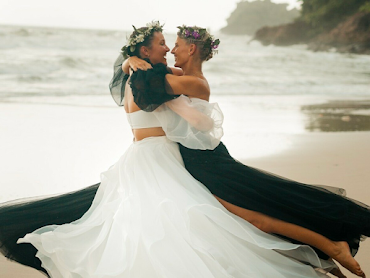 |
| "Sissy" |
 |
| "Killer Lesbian" |
 |
| "Tragic Lover" |
 |
| Mitch |

Paranorman is a stop-motion film about a boy who can see and interact with the dead. Mitch is a side character who helps the character Paranorman stop the spread of evil. He is scripted as a dumb jock and described as a straight white dude who will get the cheerleader. However, at the very end of the movie, he tells the cheerleader, “you’re going to love my boyfriend” (1:23:23https://www.youtube.com/watch?v=Nel883o_6SA). I was
to find out he was gay because of the hetero-normative scripts associated with him. Mitch having straight stereotypes while being gay normalized being queer. Even though he wasn’t the main character, Mitch's role in the film wasn’t to be a token gay–having a gay character to just have a gay character– but to bring awareness to the queer community and show that your whole identity isn’t just based on who you love.
It wasn’t until the past couple of years that Netflix started making films and Television shows that have gay lovers as the main characters. In the television show, Heartstopper the two main characters, Nick and Charlie, follow the rom-com trope and fall in love with each other, and this shows that gay lovers, too, can have a happily ever after. This changes the queer narrative from when gay love stories ended with one character dying never being allowed to have their happily ever after to one of love and optimism.
Overall, because the media is so present in our daily lives, it standardizes our view on the nature of the world around us. The more media bedbugs certain “types” that are associated with queer minorities there will be more accepted by society. ParaNorman and Heartstopper are off to a good start, but there is still a long way to go. Based on my personal experiences, I believe we have entered a time of optimism and more inclusivity in media and film.
Works Cited:
Friedman, Jeffrey. The Celluloid Closet. New York, NY: Sony Pictures Classics, 1996. Film.
Alice Oseman, creators. Heartstopper. Netflix, 2022. Film
Chris Butler, and Sam Fell. ParaNorman. LAIKA studios, 2012. Film.




Comments
Post a Comment